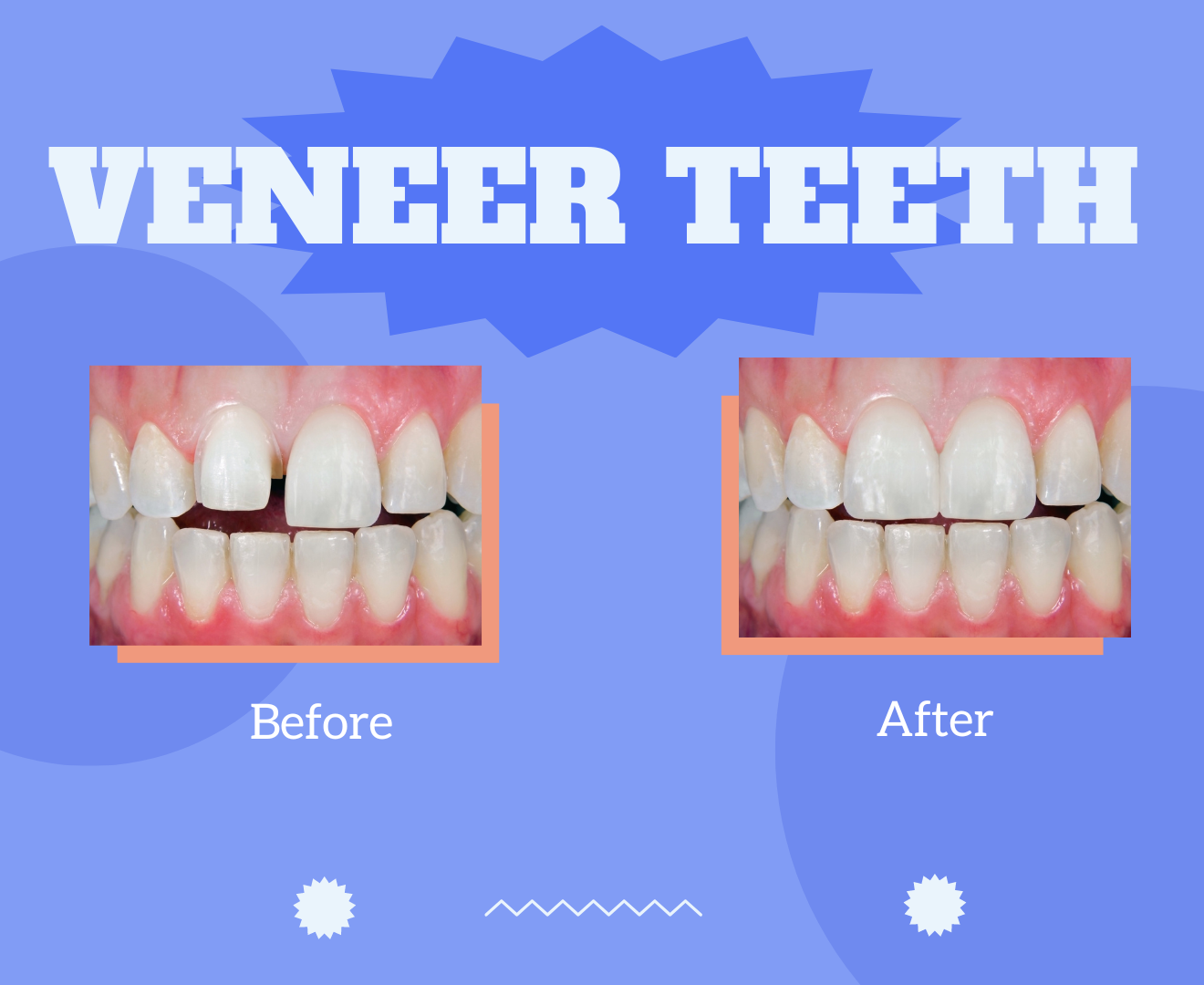- ntroduce the topic of veneers and why they are popular among people who want to improve their smile.
- Provide some background information on the history and development of veneers.
- Explain the purpose and scope of the article, and what the reader can expect to learn from it.
How long do veneers last?
The longevity of veneers depends on the type of material, the quality of the dentist and the lab, and the oral hygiene and habits of the patient. According to some web sources, porcelain veneers typically last around 10 to 15 years, while composite veneers may last 5 years or more. However, with excellent aftercare and maintenance, veneers may last 20 years or more in some cases. To prolong the lifespan of your veneers, you should brush, floss, rinse, and visit the dentist regularly, as well as avoid hard or sticky foods and wear a mouthguard or night guard if needed.
How do I take care of my veneers?
Taking care of your veneers is important to maintain their appearance and durability. Here are some tips on how to care for your veneers:
- Brush your teeth at least twice a day with a non-abrasive toothpaste and a soft-bristled toothbrush. Remember to clean all surfaces of your teeth, including the veneers.
- Floss daily to remove plaque and debris from between your teeth and around the veneers.
- Rinse your mouth with water or mouthwash after eating or drinking anything that could stain your veneers, such as coffee, tea, wine, or berries.
- Avoid biting or chewing on hard or sticky foods, such as ice, nuts, candy, or popcorn, as they could damage or dislodge your veneers.
- Wear a mouth guard if you play contact sports or grind your teeth at night, as this could protect your veneers from cracks or fractures.
- Visit your dentist regularly for check-ups and cleaning, and report any problems or concerns with your veneers as soon as possible.
- Follow your dentist’s instructions on how to adjust to your new veneers and how to handle any temporary sensitivity or discomfort.
Table Of Veneer Teeth
| What are veneers? | How much do they cost? | What are the benefits? | What are the risks? |
|---|---|---|---|
| Veneers are thin, tooth-colored shells that cover the front surface of teeth to improve their appearance and function. | The cost of veneers depends on the type, number, and location of teeth, as well as the dentist and the lab. The average range is $500-$2,500 per tooth. | Veneers can enhance your smile by correcting issues like chips, cracks, stains, gaps, and misalignment. They can also protect your teeth from further damage and decay. | Veneers are irreversible and may require some tooth enamel removal. They can also cause sensitivity, infection, or damage to the underlying tooth or nerve. They may not match your natural teeth color or shape perfectly and may need to be replaced over time. |
Types of Veneers
- Describe the different types of veneers available, such as porcelain, composite resin, no-prep, and removable veneers.
- Compare and contrast the pros and cons of each type, such as durability, appearance, cost, maintenance, and suitability.
- Provide some examples and pictures of each type of veneer.
Comparative Analysis of Veneer Types
Each veneer type brings its unique set of advantages. Porcelain reigns supreme in durability and aesthetics, while composite resin is more budget-friendly and requires less tooth enamel removal. Lumineers stand out for their minimal invasiveness, and removable veneers offer the convenience of temporary transformation.
Cost Analysis of Teeth Veneers
The cost of veneers varies based on type, dentist’s expertise, and geographical location. Other factors include the number of veneers and additional dental work required. While insurance may not always cover cosmetic procedures, many dentists offer financing plans.
Procedure of Applying Veneers
The application involves several steps, starting with a minor enamel removal. After which, the custom veneer is bonded to the tooth, followed by a final polish.
Cost of Veneers
- Explain the factors that affect the cost of veneers, such as the type, number, and location of teeth, as well as the dentist and the lab.
- Provide some average ranges and estimates for each type of veneer and for different scenarios.
- Discuss the insurance coverage and financing options for veneers, and how to find affordable and quality veneers.
Benefits of Veneers
- Highlight the benefits of veneers for improving the appearance and function of teeth, such as correcting issues like chips, cracks, stains, gaps, and misalignment.
- Emphasize the psychological and social benefits of veneers, such as boosting self-confidence, self-esteem, and happiness.
- Provide some testimonials and reviews from satisfied customers who have gotten veneers.
Risks of Veneers
- Warn the readers about the potential risks and complications of veneers, such as sensitivity, infection, or damage to the underlying tooth or nerve.
- Explain why veneers are irreversible and may require some tooth enamel removal, and what that means for the long-term health of the teeth.
- Provide some tips and advice on how to prevent and manage the risks of veneers, such as choosing a qualified and experienced dentist, following proper aftercare instructions, and maintaining good oral hygiene.
Preparation for Veneers
- Guide the readers through the steps and procedures involved in getting veneers, such as consultation, evaluation, impression, fabrication, and placement.
- Inform the readers about what to expect and what to do before, during, and after each step, such as preparing questions, taking x-rays, wearing temporary veneers, and checking the fit and appearance of the final veneers.
- Provide some checklists and reminders for the readers to help them prepare for veneers, such as scheduling appointments, arranging transportation, and packing essentials.
Maintenance of Veneers
- Teach the readers how to care for and maintain their veneers, such as brushing, flossing, rinsing, and visiting the dentist regularly.
- Recommend some products and practices that can help prolong the lifespan and beauty of veneers, such as using non-abrasive toothpaste, avoiding hard or sticky foods, and wearing a mouthguard or night guard.
- Provide some signs and symptoms that indicate the need for repair or replacement of veneers, such as cracks, chips, stains, or loose or uneven veneers.
Alternatives to Veneers
- Introduce some alternatives to veneers that can also improve the appearance and function of teeth, such as crowns, implants, bonding, whitening, and orthodontics.
- Compare and contrast the pros and cons of each alternative, such as effectiveness, cost, invasiveness, and suitability.
- Provide some examples and pictures of each alternative.
Conclusion
- Summarize the main points and takeaways of the article, and restate the benefits and risks of veneers.
- Encourage the readers to consult their dentist and do their research before deciding to get veneers, and to weigh the pros and cons carefully.
- Provide some resources and links for further information and assistance on veneers.


